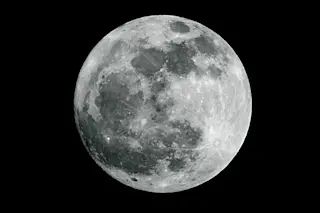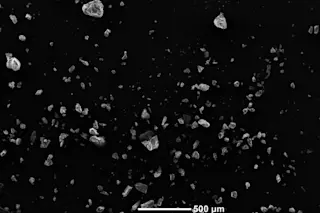The crew of Apollo 9 during a pre-flight test. NASA.
Apollo 9 launched 50 years ago, on March 3, 1969, and it might be the most important but least celebrated of the early Apollo missions. In fact, it was so important to NASA’s ultimate lunar landing goal that the space agency had a series of contingency missions in place to ensure it could get as much data as possible if something went wrong.
Apollo 9’s mission wasn’t necessarily glamorous. Commander Jim McDivitt, Command Module Pilot (CMP) Dave Scott, and Lunar Module Pilot (LMP) Rusty Schweickart were charged with running through a full lunar landing mission in the (relative) safety of Earth orbit.
Running through these burns, spacecraft separations, and dockings in orbit was no small order, not to mention Apollo 9 would test spacewalk procedures and other crew factors. As stated in the mission press kit, Apollo 9’s goals were:
...













